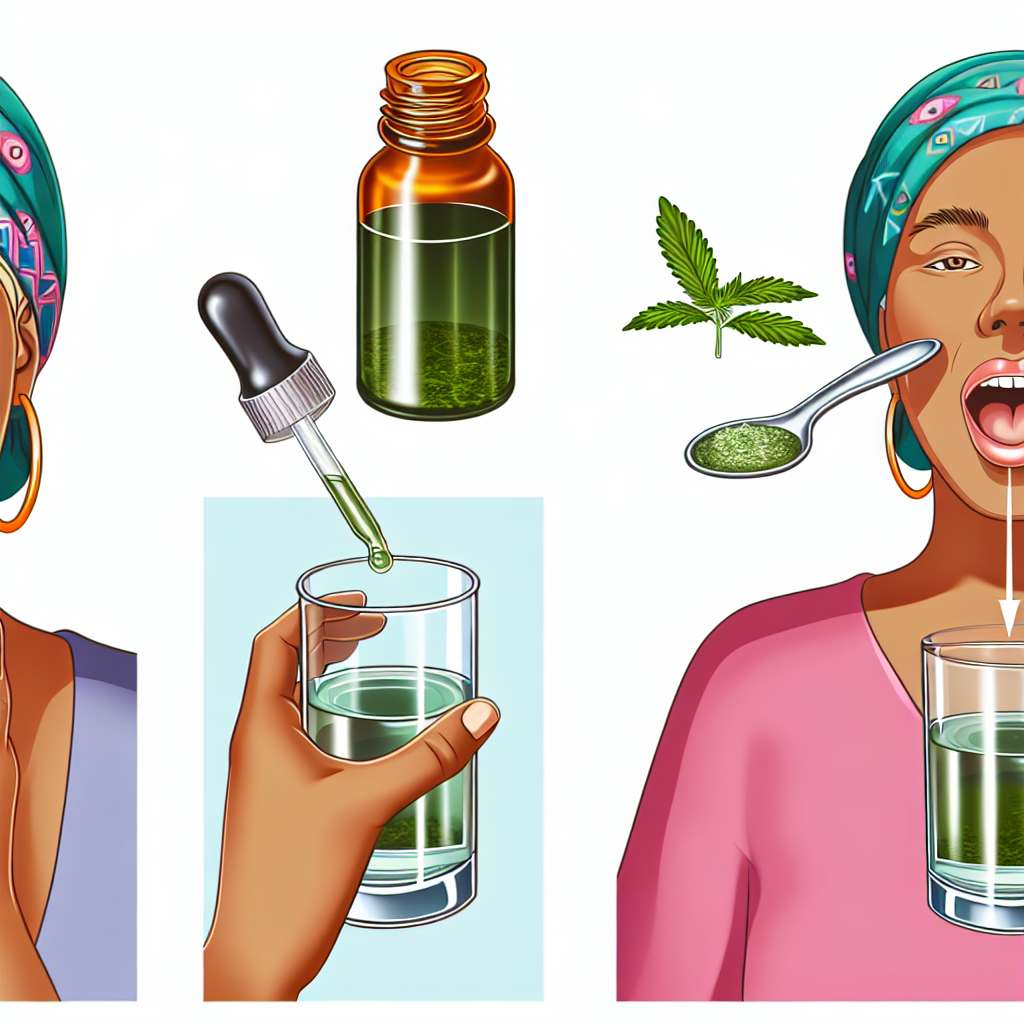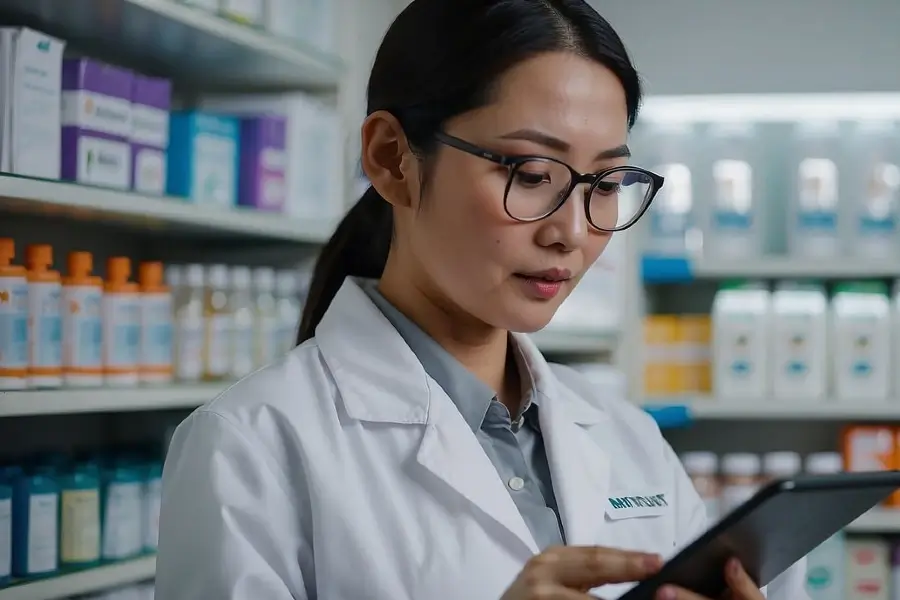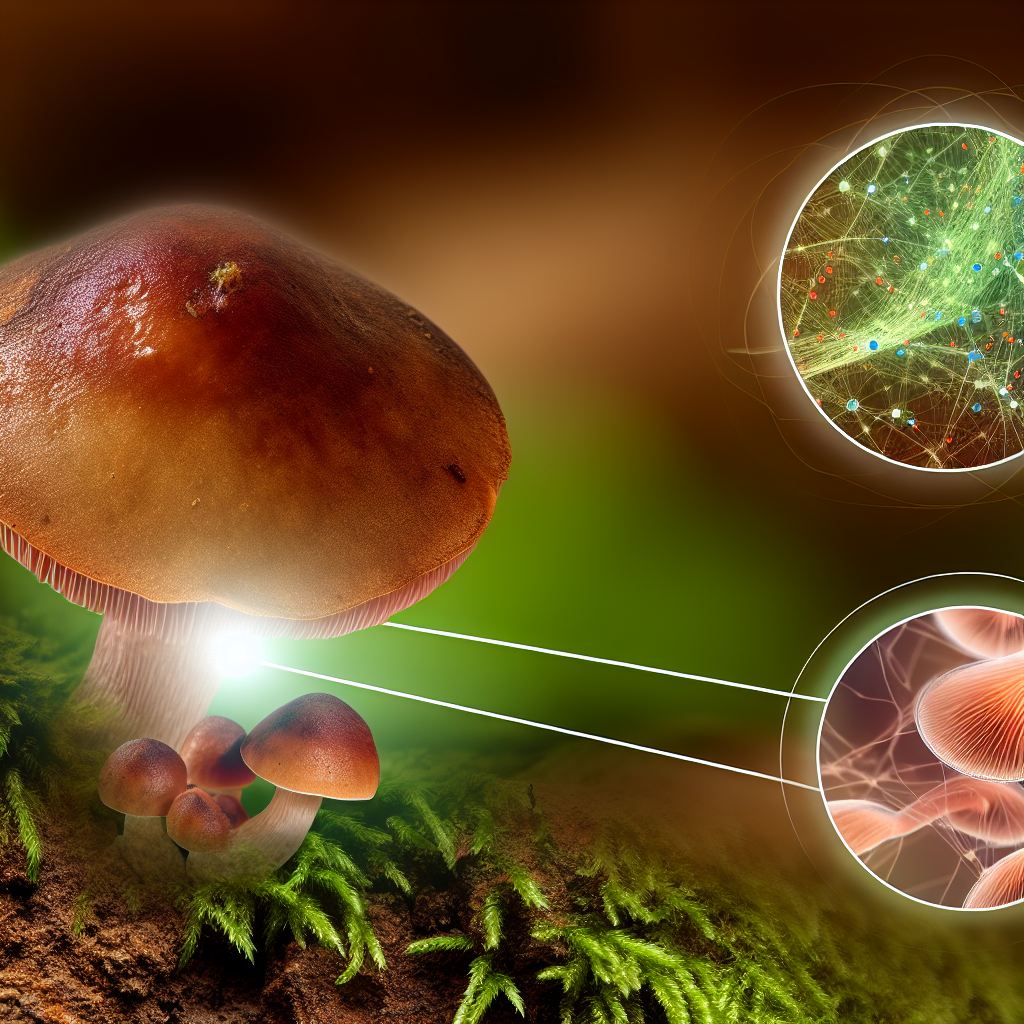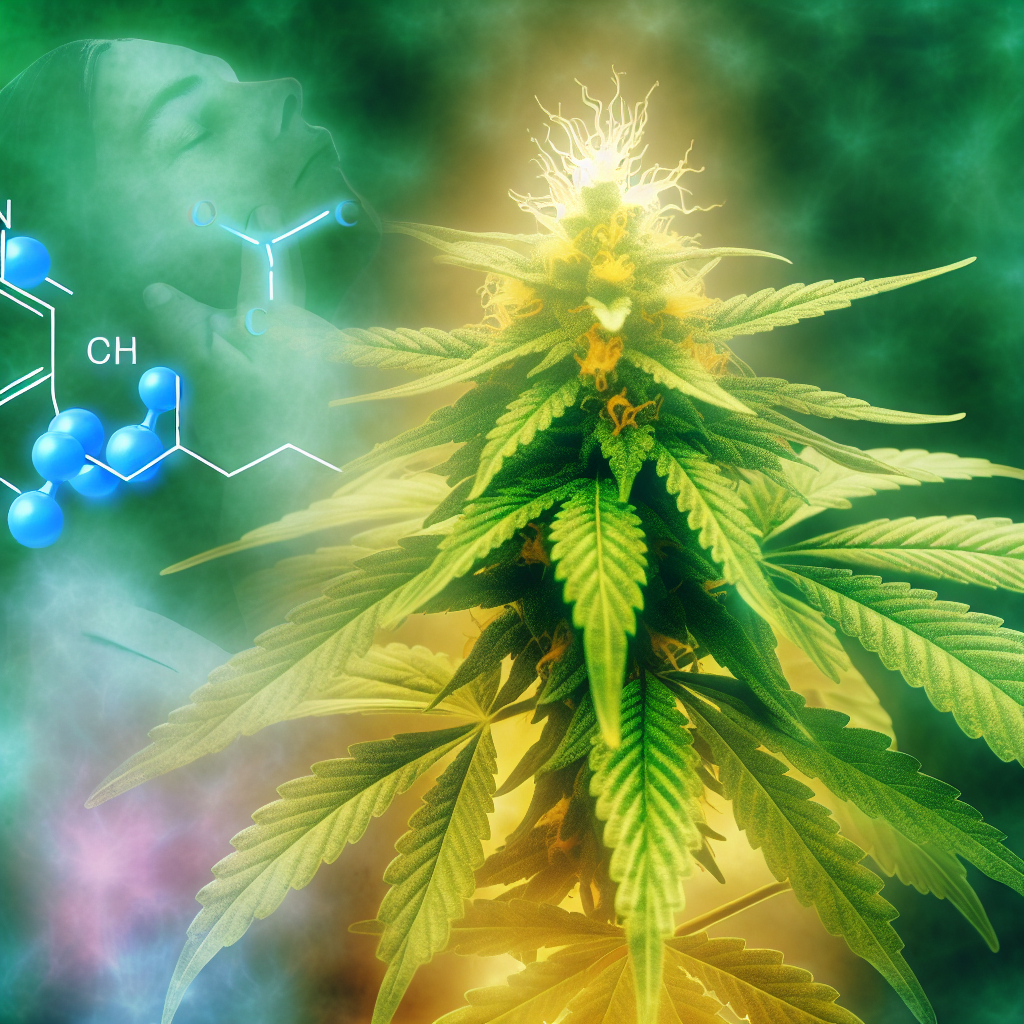Cannabis Tinctures: Absorption Methods
Introduction
Cannabis tinctures have emerged as one of the most versatile and controlled methods of consuming cannabis, offering both recreational users and medical patients a discreet, precise, and fast-acting alternative to smoking or edibles. Tinctures are liquid extracts made by soaking cannabis flower or concentrates in alcohol or oil, allowing for highly concentrated doses that can be easily administered under the tongue (sublingually), swallowed, or even added to food or beverages.
One of the greatest benefits of cannabis tinctures is their ability to provide rapid onset effects, depending on the chosen absorption method. The most common routes include sublingual, oral ingestion, and transdermal application. Each method affects onset time, duration, and bioavailability—how much of the active ingredients actually enter the bloodstream and take effect.
In this article, we’ll dive into the fascinating science behind cannabis tincture absorption methods, helping you make informed choices tailored to your desired effects.
Sublingual Absorption: Faster and More Predictable Effects
Sublingual administration is the most popular method for cannabis tinctures, allowing cannabinoids like THC and CBD to be rapidly absorbed through the mucous membranes under the tongue. By bypassing the digestive system and the liver’s first-pass metabolism, sublingual tinctures provide a faster onset compared to orally ingested tinctures.
Oral Ingestion: Long-Lasting and Potent Relief
When cannabis tinctures are swallowed, they behave similarly to edibles. The cannabinoids pass through the digestive system and are metabolized by the liver, undergoing the first-pass effect. This process converts THC into 11-hydroxy-THC, a metabolite known for its stronger and longer-lasting psychoactive effects.
Transdermal Absorption: A Cutting-Edge Approach
Transdermal absorption is an innovative yet less common method for cannabis tinctures. These specially formulated tinctures use carrier agents known as bioenhancers to penetrate the skin and deliver cannabinoids directly into the bloodstream. Unlike topical applications that provide localized relief, transdermal tinctures produce systemic effects without the need for inhaling or ingesting.
How to Pick the Right Absorption Method for Your Needs
Choosing the ideal absorption method for cannabis tinctures depends on the user’s goals, lifestyle, and medical needs:
Conclusion: Master Your Cannabis Tincture Experience
Cannabis tinctures provide a versatile and strategic way to consume cannabis. By understanding the science of absorption methods, you can tailor your cannabis experience to fit your unique needs.
Summary:
Cannabis tinctures offer various absorption methods, including sublingual, oral ingestion, and transdermal application, each with unique onset times, durations, and bioavailability. Understanding these differences can help users tailor their cannabis experience to their specific needs, whether seeking immediate relief, prolonged effects, or innovative delivery systems.
References:
Bruni et al. (2018). Cannabinoid Delivery Systems for Pain and Inflammation Treatment. *Pain Research and Management*.
Huestis (2007). Human Cannabinoid Pharmacokinetics. *Chemistry & Biodiversity*.
Millar et al. (2018). A Systematic Review on the Pharmacokinetics of Cannabidiol in Humans. *Frontiers in Pharmacology*.
Paudel et al. (2010). Cannabidiol Bioavailability after Nasal and Transdermal Application. *European Journal of Pharmaceutical Sciences*.
Shojaei (1998). Buccal Mucosa as a Route for Systemic Drug Delivery. *Journal of Pharmacy and Pharmaceutical Sciences*.




